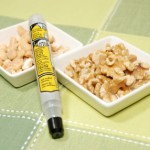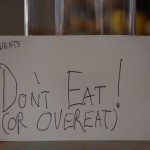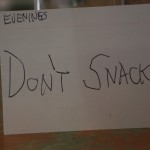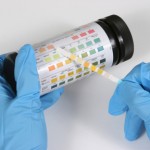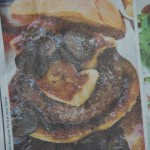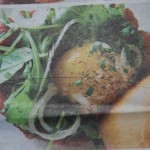Well I don't mean I'm that old (actually I'm 69), but I looked at my old posts in the process of extracting tidbits to go into the book I'm working on, Eat like the Doc Does, and realized this would be my 103rd post. On the over hand, if my brain and body hold out, especially the former, living past 100 might be okay.
There's a Chicken Soup book coming out on December 28th with one of my stories included. The book has the subtitle "Shaping the New You," and is centered on diet and exercise and lifestyle topics. My story is titled "Life Changes." I got ten pre-print copies, kept two for myself and sent eight out to friends, writing mentors, relatives and former graduate students.
When I reflect on the changes I've made in my lifestyle and diet over the past year and a half, I come up with a few simple concepts. I eat less overall and lots more veggies and fruit. I exercise more, usually iding a recumbent bike for an hour and five minutes a day and sometimes hiking or snowshoeing. I fall off the diet wagon from time to time, but always get back on (I weigh twenty-five pounds less today than I did in May of 2009). And finally, I usually think before I eat...not always, but usually.
I came up with an acronym for my weak spots; I've mentioned it before, but will reiterate. it's TABLE, meaning my triggers for overeating and mindless eating come when I'm "ticked off," on "autopilot," "bored," at a "low energy/late night state" or at an "event," loosely defined.
I'm by no means perfect, but my progress keeps evolving. This week my wife identified an area where I could short-circuit one problem area. I got a new Clancy book and instead of reading until eleven, which is my usual pattern, I stayed up until 12:30 devouring not only the book but also five different snacks.
The next day, after our discussing the issue, I read while I was on the bike and again from ten until eleven PM, then quit. My weight, which had ballooned up two plus pounds, was down three pounds today, back in my acceptable range.
I don't expct this to ever be easy, but I don't intend to be one of the 90% who regain their weight after losing it.
Find your own path and join me. It's time and past time.


